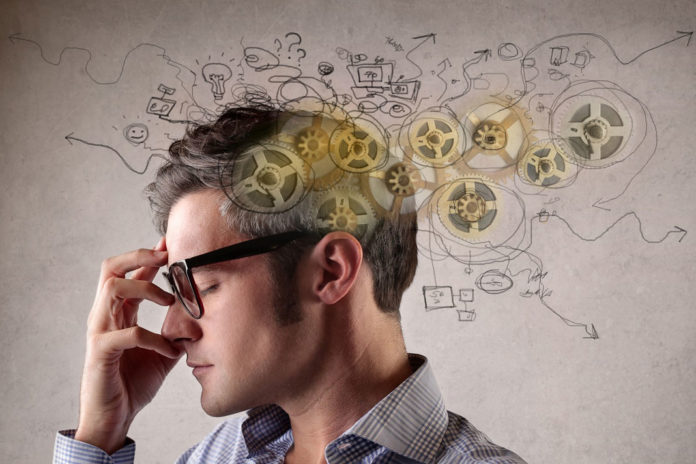Humans’ emotional states significantly impact their ability to perceive, focus on, learn, remember, reason, and solve problems. The power of emotion overfocus is substantial.
And learning relies heavily on one’s ability to direct one’s focus and exert executive control. That’s why emotional stimulation has great potential in the education field. Read on for more valuable info on boosting students’ activity and motivation.
Why Is It Important to Use Emotional Component
According to studies, information absorbed by the emotional limbic system before being assessed and stored in the logical prefrontal cortex has a greater chance of being retained by the learner. What happens if educators realize this fact fully?
Teachers connect with their pupils better. They design inspiring lessons and instruct their charges in the art of emotional self-control. Unfortunately, in many modern schools, the situation isn’t like this.
An average student often doesn’t understand the material and needs assignment help to get through the learning process. It is beneficial to use such services, especially if a college kid analyzes mistakes and considers them for completing future tasks. Professional writers will make the assignment shine.
They teach how to structure papers in the best possible way – with perfect examples. However, academic help should go alongside a proper study program, the instructor’s explanations, and an understanding of the pupils’ needs.
Methods of forming cognitive interests call for the use of such strategies as:
- Creating emotional, amusing, and enlightening situations;
- Playing with entertaining analogies;
- Using surprises (due to the unusual fact, the paradox of experience, etc.).
- Interpretations of natural occurrences from both a scientific and a real-world perspective.
One of the most effective tools in these approaches is the teacher’s passionate, detailed, and creative delivery of material in class.
Emotional Discussion
A cognitive dispute is one of the most effective methods of stimulation and motivation for learning. We talk about educational discussions and debates. Its purpose is to create an emotional atmosphere and increase interest in the topic.
Including the student in a scientific controversy not only deepens knowledge but also calls for a particular interest in learning. As you can see, the cognitive interest in teaching does not arise alone. It depends on the needs and motives that induce students to take action.
Motivation Types: Which One Works?
The motivational side of the learning process has three types of motives:
- external (encouragement and punishment);
- competitive (success versus someone or yourself);
- internal (opened as a field for productive activity).
Inner motives provide the most enduring interest in studies. Therefore, a correct understanding of motivation is necessary for the educator’s work. The task is to develop and deepen cognitive interest in the subject of study. Emotions help involve the trainees in experimental activities.
Creating a Success Situation
Another way to make a student have positive emotions and study better is to create conditions where they feel successful. An excellent example of this approach is a series of tasks of increasing complexity. By completing the first easy step, the student will feel inspiration and motivation, as they will quickly cope with it.
They will overcome further challenges with great zeal. In addition, the teacher can allow the student to consult at the first stage. For example, a person gets a similar example or a clue to solve the first problem. But the second one they have to cope with on their own.
Timely Encouragement and Censure
To praise and scold the student at the same time is a real talent. The teacher needs to learn to find the right words for each of the reasons mentioned. The list of rewards is varied.
You can praise a successful task, a quality of character, the chosen direction of activity, or the way of solving the problem. Censure should be used only when the student exceeds all limits. Both methods evoke emotions during a lesson and increase motivation.
Conclusion
Emotions have the power to enhance studies and help students achieve more progress during their university years. The key is to control the process and know how to use special techniques. Play methods, discussions, proper praise, and criticism.
Here are the main levers of influence on student motivation. Teachers should also create situations where students feel more confident and successful.














